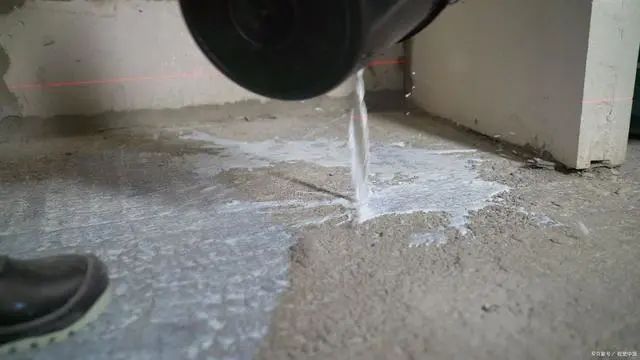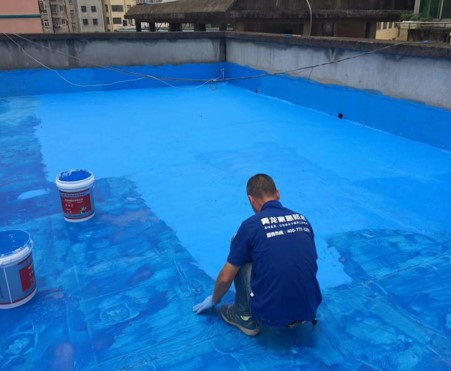The high temperatures and heavy rains in summer have a significant impact on people's lives and also impose special requirements on waterproofing construction. So, what should we pay attention to when carrying out waterproofing projects in summer

1. Control of Construction Temperature The suitable temperature for waterproofing construction in summer is 5-35°C. Due to the high temperatures, the water in the waterproof coating evaporates quickly after application, which may lead to difficulties in forming a smooth film and even result in bubbling and cracking. Therefore, it is essential to avoid construction during periods of excessively high temperatures.
2. Proper Treatment of the Construction Surface Firstly, the construction surface must be kept clean and compact without issues like alkali backflow, floating dust, or oil stains. At the same time, cracks and damaged surfaces need to be repaired and leveled. Secondly, the surface in summer has a rapid evaporation rate, and its water absorption rate increases. To ensure the effectiveness of waterproofing, we need to thoroughly wet the surface before construction, ensuring it is fully saturated but without visible water, and avoid direct sunlight exposure.

3. Avoiding Sunlight and Rain Exposure on Fresh Coatings Freshly applied waterproof coatings are vulnerable to high temperatures from direct sunlight, leading to rapid loss of water and film cracking. Especially in rainy regions, such as southern China, protection from rainwater damage to outdoor, balcony, and window areas' waterproof layers is crucial. Therefore, before the waterproof coatings cure, we must take measures to shield them from the impact of sunlight and rain.
4. Properly Allocate the Amount of Waterproofing Materials The high temperatures in summer accelerate the evaporation of water. Hence, when mixing waterproof coatings, we should ensure the right proportion to match the construction area, avoiding excessive mixing at once to prevent material wastage.
5. Control of Proper Coating Thickness The thickness of the waterproofing layer directly affects its effectiveness. Generally, waterproof coatings require 2-3 layers with a recommended thickness of 1.5-2mm. When working in high temperatures during summer construction, patience is crucial. Wait for the previous layer to dry completely before applying the next one, avoiding applying excessively thick coats in a hurry.

6. Appropriate Post-Construction Curing The high temperatures in summer also accelerate water evaporation. Without proper post-construction watering, the waterproof coating may crack and form pinholes due to rapid water loss. Therefore, after construction, we should avoid direct sunlight exposure and, if necessary, apply water curing to help the waterproof coating solidify more effectively.
In summary, during waterproofing construction in summer, attention should be given to controlling construction temperature, treating the construction surface properly, avoiding sunlight and rain exposure on fresh coatings, allocating the right amount of waterproofing materials, controlling proper coating thickness, and performing appropriate post-construction curing. These key points will contribute to ensuring the quality and effectiveness of summer waterproofing projects.




